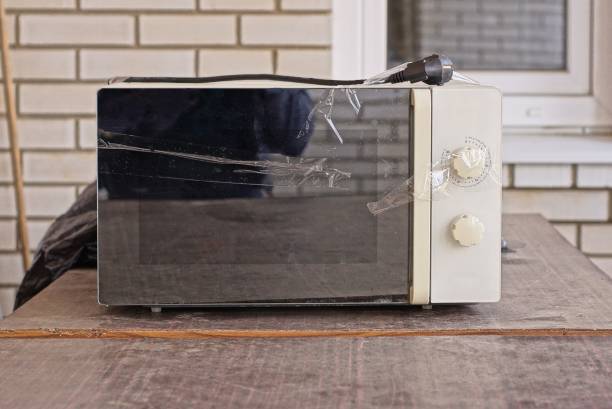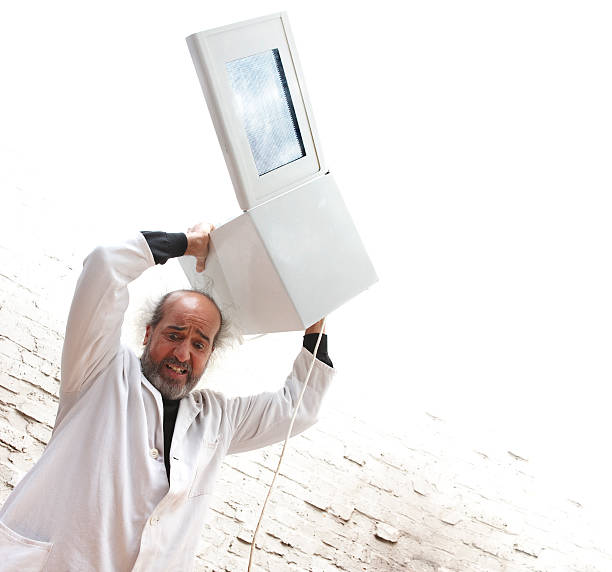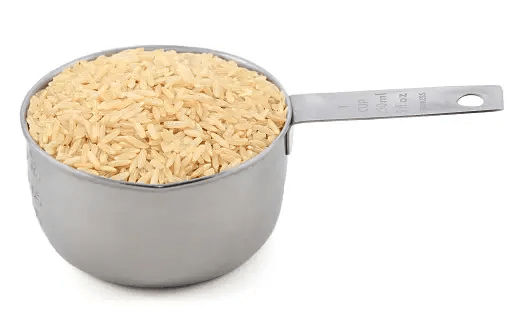Proper microwave disposal is essential to protect the environment and public health. Microwaves contain various materials, including metals, glass, and hazardous substances like heavy metals. Inappropriately discarding these appliances can lead to pollution and safety hazards.
Environmental impact and health hazards of improper disposal Improper
microwave disposal can contribute to environmental degradation, such as soil and water contamination. In addition, hazardous materials like heavy metals can enter the ecosystem, posing health risks to humans and wildlife alike.
Legal and ethical considerations
Many jurisdictions have regulations in place for disposing of electronic waste, including microwaves. Adhering to these guidelines is not only a legal obligation but also an ethical responsibility to minimize the environmental impact of our waste.
Understanding a Microwave to Dispose of
Components and materials of microwave Microwaves are composed of various elements, including a metal casing, glass turntable, electronic components, and potentially hazardous materials like lead and beryllium.
Check: Can You Use Olive Oil in Brownies?
Common Types of microwaves
| Type | Description | Best for |
|---|---|---|
| Solo | Basic microwave with simple heating functions | Reheating and defrosting |
| Grill | Combines microwave and grilling functions | Grilling and toasting |
| Convection | Offers microwave, grilling, and convection cooking options | Baking and roasting |
| Over-the-range | Space-saving design that combines a microwave and range hood | Small kitchens |
| Built-in | Integrated into cabinetry for a seamless look | Modern kitchen designs |
Microwaves typically have a lifespan of 5-10 years, depending on usage and maintenance. Signs that your microwave may be nearing the end of its life include uneven heating, loud noises, or a malfunctioning display.

How to Dispose of a Microwave Near Me
8 Best Assessing Options How to Dispose of a Microwave
-
Manufacturer Take-Back Programs:
Many microwave manufacturers have take-back initiatives, accepting old appliances for recycling purposes. Verify if your microwave’s manufacturer offers such programs and provides convenient drop-off locations or pick-up services.
-
Locating specialized recycling centers
Recycling Centers: Recycling your microwave is one of the most eco-friendly options. Consult your local waste management authority or use online search tools to find facilities that accept microwaves. Call or visit the facility’s website to confirm they accept microwaves before dropping them off.
-
Community E-Waste Collection Events:
Numerous communities host e-waste collection drives, enabling residents to dispose of old electronics, including microwaves, safely. Stay informed about upcoming events in your area featuring designated collection sites for responsible disposal.
-
Retailer Take-Back Initiatives:
Some appliance retailers implement take-back programs, accepting outdated appliances from customers. These retailers may provide discounts or credits towards new appliance purchases. Reach out to local retailers to inquire about their specific take-back policies.
-
Donations to Charitable Organizations:
If your microwave remains in good working condition, consider donating it to a charitable organization. Thrift stores, homeless shelters, or community centers often welcome functional appliances. Confirm whether the organization accepts microwaves and coordinate the drop-off or pick-up process.
-
Online Selling Platforms:
Listing your used microwave on online selling platforms like Craigslist, eBay, or Facebook Marketplace can help you recover some of its value. Provide accurate descriptions, high-quality photos, and set a reasonable price to appeal to potential buyers.
-
Freecycle or Buy/Sell/Trade Communities:
Participate in local freecycle groups or online buy/sell/trade networks to offer your microwave for free or at a reduced cost. These platforms connect individuals seeking second-hand items, minimizing waste and giving your appliance a new lease on life.
-
Curbside Pickup Services
Investigate if your local waste management service provides curbside pickup for electronic waste. Some municipalities schedule specific collection days or make special arrangements for disposing of large appliances like microwaves. Adhere to the guidelines set by your local authorities when preparing the microwave for pickup.
Check: How to Thicken Alfredo Sauce?
5 Preparation Steps for Recycling a Microwave
- Cleaning the microwave: Wipe down the interior and exterior to remove any food residue or debris.
- Removing personal information and accessories: Detach any accessories and ensure no personal information is left on the appliance.
- Checking for any hazardous materials: Identify any potentially hazardous components, such as capacitors, and handle them with care.
- Wrap the microwave in protective material and secure it in your vehicle to prevent damage during transportation.
- Evaluate whether personal transportation or a pickup service is more suitable for your needs.
Microwave Recycling Process and environmental benefits
- The recycling facility will dismantle the microwave, separating components based on material type.
- Hazardous components are handled and disposed of according to regulations, minimizing environmental risks.
- Metals, glass, and plastics are processed and repurposed, reducing waste and conserving resources.
Disposal of Non-Functional Microwaves A. Risks of improper disposal
- Discarding microwaves improperly can lead to soil and water pollution due to hazardous materials.
- Improperly disposed microwaves may pose risks to human health and environmental safety.
Safe handling procedures for non-functional microwaves
- Unplug the appliance and ensure it is powered off before disassembling.
- Wear gloves, goggles, and other PPE as needed to protect yourself during the disassembly process.
- Follow proper guidelines and use caution when dismantling a microwave to avoid injuries.
Steps to deconstruct a microwave for disposal
- Removing the outer casing: Unscrew and remove the microwave’s outer shell to access its internal components.
- Separating and identifying recyclable components: Identify and separate materials such as metals, glass, and plastics for recycling.
- Proper disposal of non-recyclable components: Safely dispose of hazardous materials according to local regulations and guidelines.
Check: Can You Freeze Coffee Creamer?
(FAQs)
Can I dispose of a microwave in the regular trash?
In most jurisdictions, microwaves are considered electronic waste and should not be discarded in the regular trash. Check your local regulations for proper disposal methods.
What are the potential hazards of microwave disposal?
Hazards include environmental contamination, health risks, and safety concerns due to hazardous materials such as heavy metals or capacitors found in microwaves.
How can I find recycling centers near me?
Consult your local waste management authority or use online search tools like Earth911 to locate recycling centers that accept microwaves in your area.
Are there any specific guidelines for recycling microwaves?
Guidelines may vary depending on your location and the recycling facility. Always contact the recycling center beforehand to inquire about their requirements and procedures.
Can I recycle a microwave with a broken door?
Yes, most recycling centers will accept microwaves with broken doors. However, it’s best to contact the facility directly to confirm their acceptance policy.
How can I donate my old microwave to a charity?
Contact local charities, shelters, or thrift stores to inquire if they accept functional microwaves. Alternatively, use online platforms like Freecycle or Facebook Marketplace to offer your appliance for donation.
Is it safe to sell a used microwave?
Yes, selling a used microwave is generally safe as long as it’s in good working condition. Ensure the appliance is clean and properly functioning before listing it for sale.
What should I do with the microwave’s power cord?
If recycling or disposing of a microwave, you can either leave the power cord attached or remove it and recycle it separately with other electrical cords at an appropriate facility.
VIII. Conclusion
Proper disposal of microwaves is crucial to protect the environment and public health. By understanding your microwave’s components and lifespan, you can choose the most suitable disposal option, whether it’s recycling, donating, or selling. Always follow local regulations and guidelines to ensure the safe and responsible handling of electronic waste.



